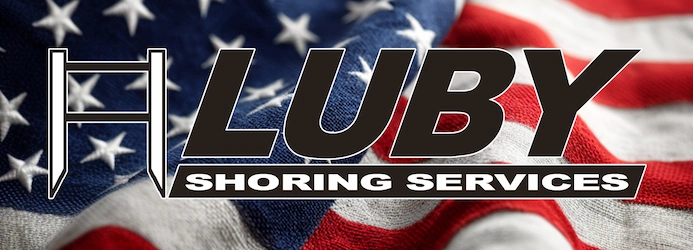Safety standards have been made in order to protect workers in excavation and trenching.

Construction jobs which involve excavation and trenching are very risky. Nearly two workers die every month and hundreds sustain injuries while performing these tasks. So specific standards have been laid down for the safety of the workers.
About Excavation and Trenching
Any depression, cut, trench, or cavity made by man in the earth’s surface by removing earth is an excavation. A trench is a narrow excavation which is made under the ground and is deeper than its width and is 15 feet wide at the bottom.
Protective Systems
A protective system is mandatory for a trench which is 5 feet or deeper. However, the excavation in stable rock may be exempted from this rule. It is obligatory for trenches which are 20 feet or more deep to have a protective system which is specifically designed for that trench by a certified engineer.
While designing the protective system the soil classification, water content of the soil, the depth of the cut, changes brought about by the weather or climate, the surcharge loads, and the other operations being carried out nearby should be kept in mind.
Some of the commonly used protective systems are:
Benching – In this the sides of the trench are cut into a number of steps or horizontal levels. There are vertical surfaces between the levels.
Sloping – Sometimes the trench wall is cut back at an angle which is inclined away from the area being dug.
Shoring – In order to prevent the soil from moving different types of supports like aluminum hydraulic are installed.
Shielding – This involves the use of trench boxes and other supports to avert soil cave-ins.
Rules to be followed while working near an excavation or trenching site:
- Employees who work in a trench should have safe access and egress. In trenches which are dug up to 4 feet or more the ladders, ramps, or steps should be located at least within 25 feet for all workers.
- 0Heavy equipment should be kept at a distance from the edges of the trench.
- The excavated soil and other surcharge loads should be kept at least 2 feet away from the edges of the trench.
- Before the workers start digging they should be familiar with the whereabouts of the underground utilities.
- In trenches which are more than 4 feet deep, the presence of atmospheric hazards like low oxygen, dangerous fumes, and poisonous gases should be detected by conducting tests.
- Trenches should be checked before starting the work in every shift.
- They should also be inspected after a rainstorm.
- In fact, the trench should be carefully checked after any occurrence which can change the conditions in the trench.
- The workers should not perform their work under any load or material which has been suspended or raised at a height.
All this can help reduce the accidents and protect the workers from injuries. All this can be taken care of by employing services of a professional St. Louis trench shoring company.
St. Louis Trench Shoring Company
Luby Shoring was established in 2015 by Steve Luby. He grew up with construction equipment, spending summers helping in the parts department at his family’s business, Luby Equipment Services. Steve continued working in the industry and was a part of senior management in Luby Equipment’s sales department until he saw the need for expanding the shoring business.
